Overview
Map
Other Details
دير مار يوسف - جزين
1807
Jezzine
Jezzine
South
سنة ١٨٠٤ رسم المطران يوحنا الحلو الخوري حنا رزق (المطران يوسف) كاهنًا، وفوّض إليه بأمر البطريرك يوسف التيّان حقوق النيابة وزيارة أبرشية صور وصيدا، فسهر على خيرها ملاحظًا شؤونها متجوّلاً في أنحائها. بعد قرابة الثلاثة أعوام من تعيينه نائبًا عامًا على أبرشية صور وصيدا، وبعد أن عرف حاجتها الى العلم، باشر الأب حنا رزق بإنشاء دير ومدرسة مار يوسف في جزين. عام 1810 توقف الأب حنا عن البناء وعاد الى عين ورقة ليصبح رئيسًا للمدرسة في غسطا. عاد المطران يوسف بعد احداث ١٨٦٠ ليبني الدير والكنيسة. ميزة بناء هذه الكنيسة هي عدم وجود اي عمود في وسطها ، وطراز شبابيكها، ونوع حجارتها والدرج الداخلي في حائطها الشمالي. واستقدم لها اللوحات من روما والمذابح الرخاميّة من المرمر الأبيض. وهي آية في الجمال المعماري. اللوحات من عمل رسام ايطالي انريكو سكيفوني. وهي اليوم وقف الآل رزق. In 1804 Archbishop Youhanna el Helo ordained Hanna Rizk (later bishop Youssef) a priest, and gave him the mission with the blessing of Patriarch Tayyan to oversee as a vicar general the archdiocese of Tyr and Sidon. After three years in his mission, and seeing the urge for a seminary in the diocese, he began the construction of St. Joseph's Seminary in his hometown Jezzin. In 1810 the construction was delayed due to the appointment of Mgr. Rizk as a Rector in the Maronite Grand Patriarcal Seminary in Ain Warqa. Yet after the war in 1860 he resumed his initial project in Jezzin.The church is unique in its architecture: a high cieling with no columns. The white marble altars are beautifully ornate. And the paintings are the work of the Italian Enrico Scifoni. The establishment is now a private chapel owned by the Rizk family.
Visited 1525 times, 1 Visit today

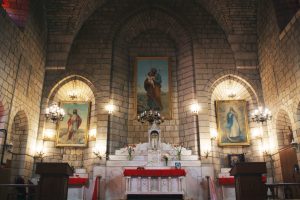
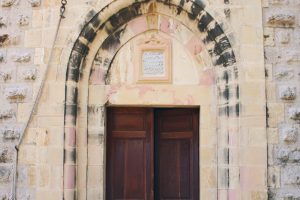
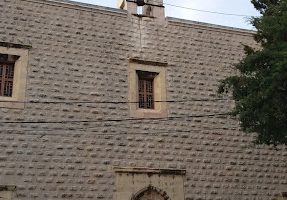

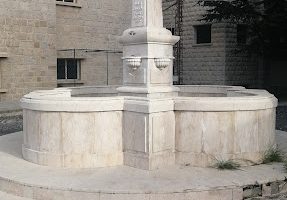
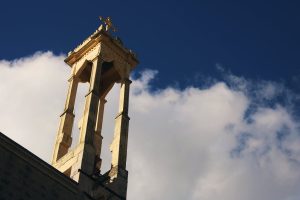
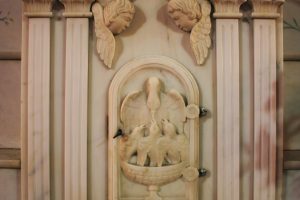
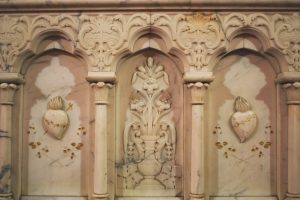
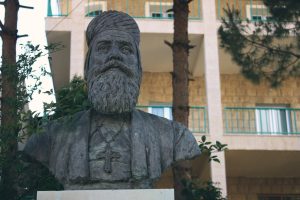
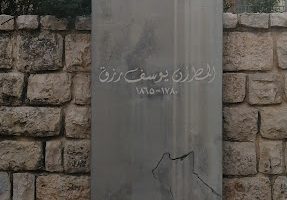















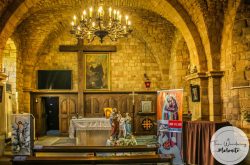
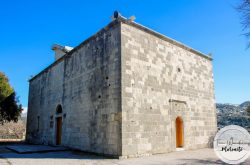
Reviews are disabled, but trackbacks and pingbacks are open.